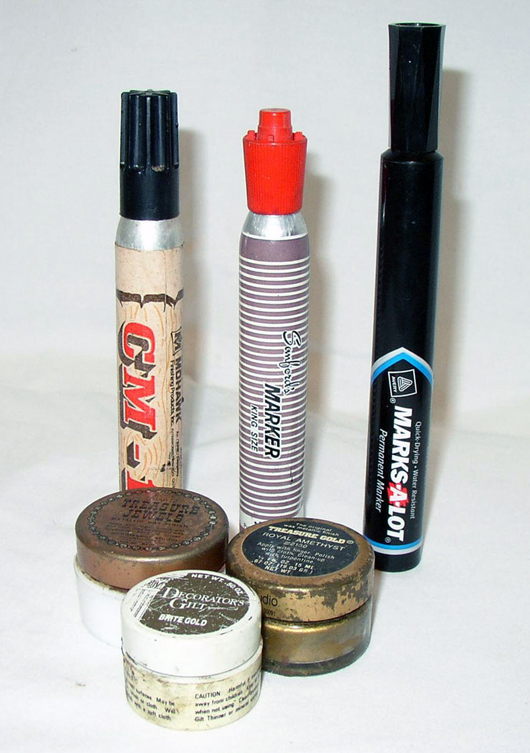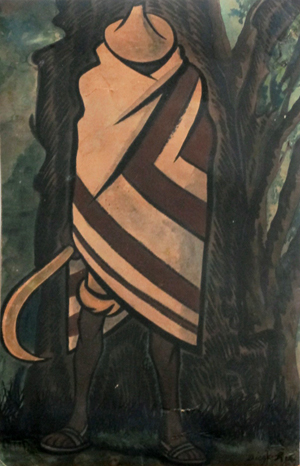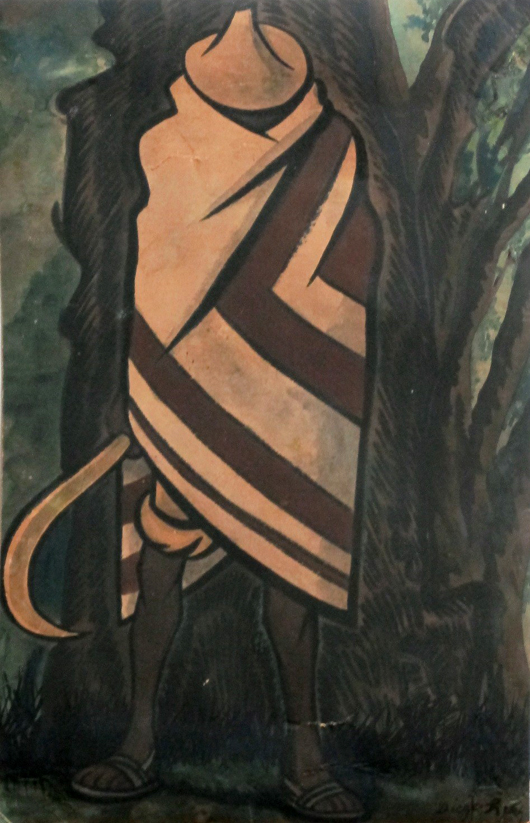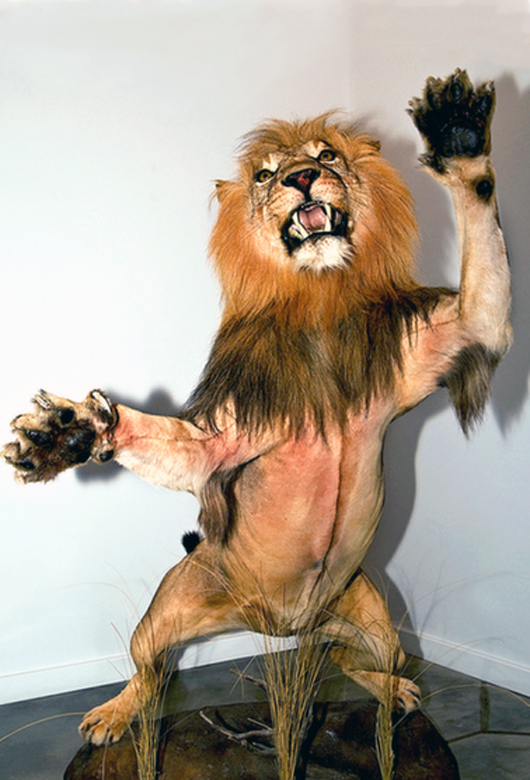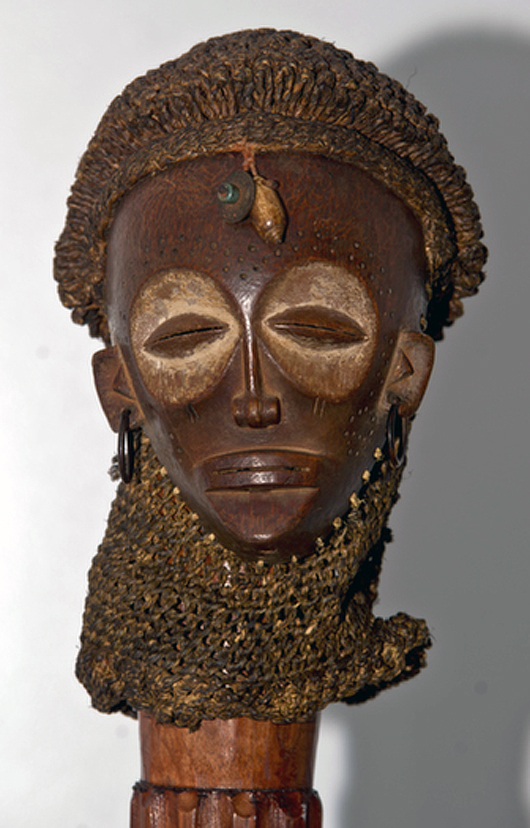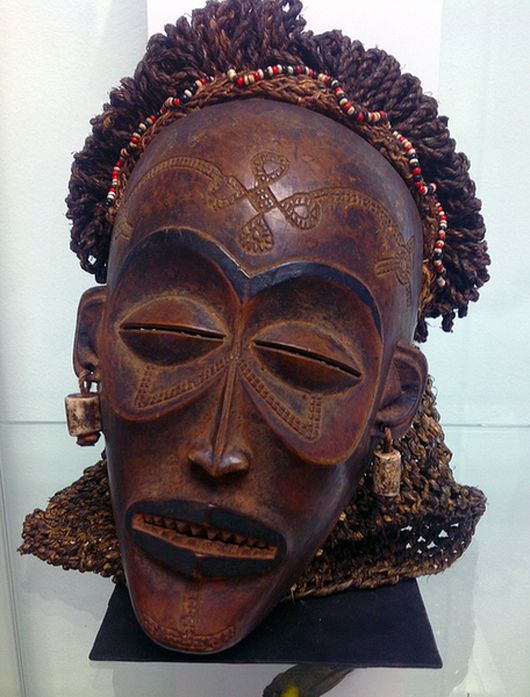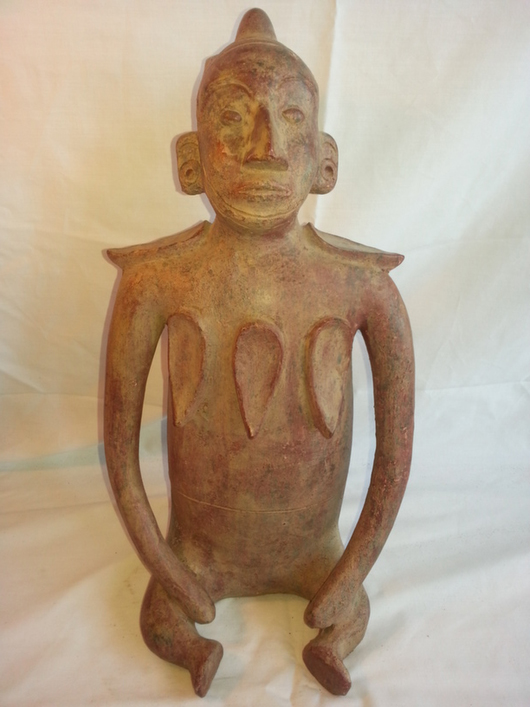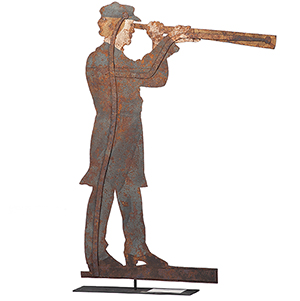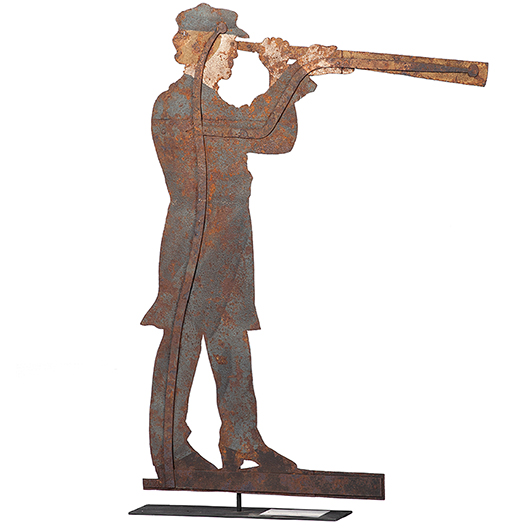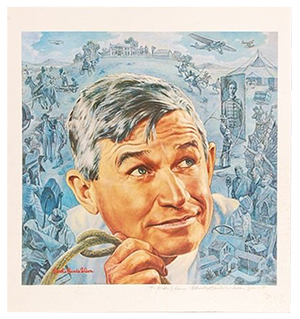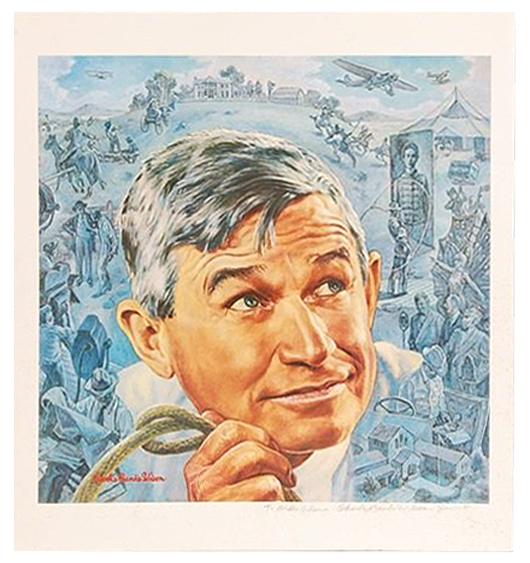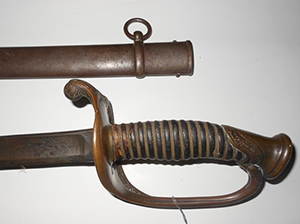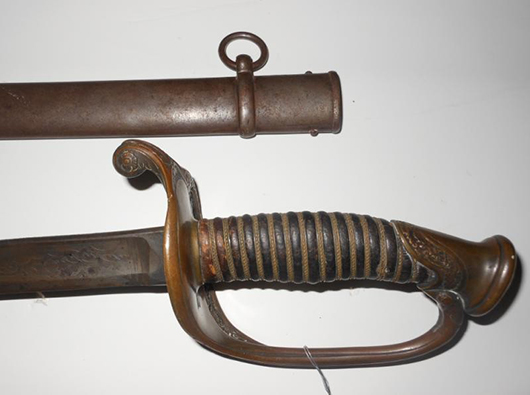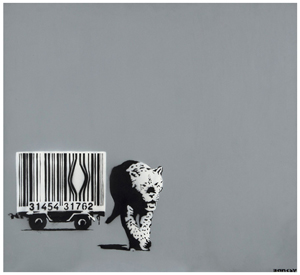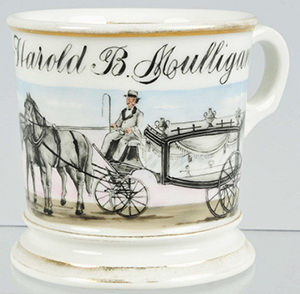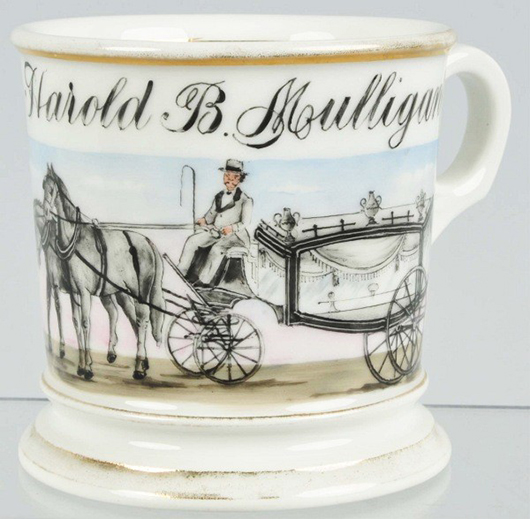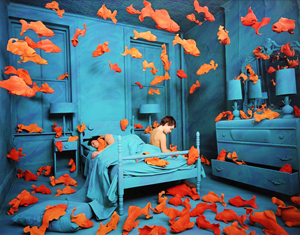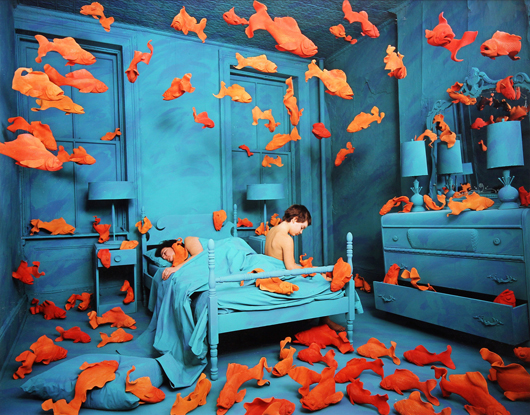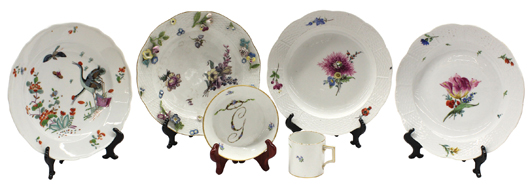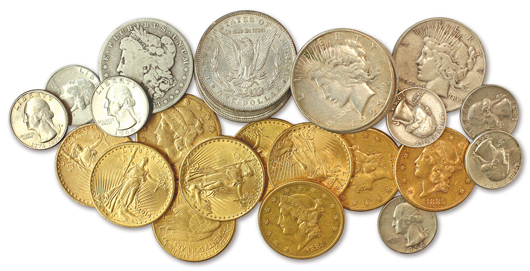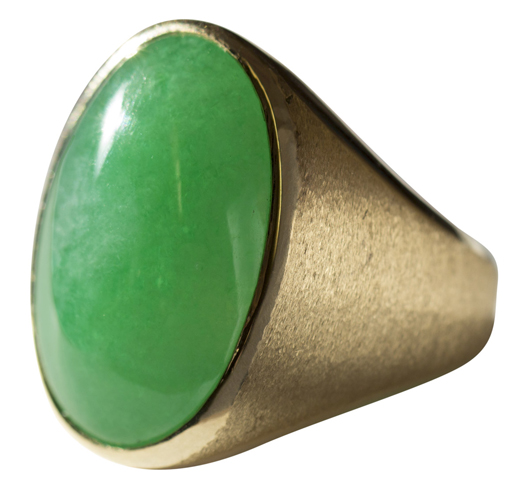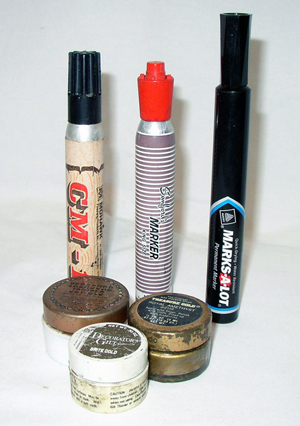
CRYSTAL RIVER, Fla. – One of the interesting things about dealing with furniture, especially older and antique stuff, is that whenever you seem to need something, it simply isn’t available. You have to admit that replacement handmade screws are not on the hardware store shelf and Home Depot doesn’t carry that hard-to-find spring for a broken 19th century lock. But there is an amazing source of supplies and materials that have direct applications to and benefits for furniture in a most convenient location – your home.
Now is the time for all the restoration professionals and home workshop experts to take a hike. You already have all the right stuff and you will turn up your nose at my ideas. I’m talking to just ordinary folks who need just a little bit of something or a quick way out of a minor jam. You can figure out a lot of ways to “make do with what you’ve got” when your next paycheck – or family peace – depends on your ability to complete a restoration or repair job with materials on hand or readily available on Saturday afternoon. Crisis creates creativity.
One of the most useful furniture touch-up tools is already probably in your kitchen or desk drawer. Every professional furniture touch-up artist has in his bag of tricks a selection of colored markers. They usually have exotic names like “Auburn mahogany,” “Country pine” and “ Weathered oak,” and the professional will guard those with his life, not letting you see them and more importantly not letting you smell them. Why? Because they are just expensively blended and specially manufactured felt tip markers. You probably already have one in black that you bought at the office supply store or the grocery checkout aisle. The other colors that are applicable to furniture touch up are there too. You just have to look for them because they don’t carry the names of commercial wood products. Need to camouflage a small ding in a walnut chest? Try a plain old brown marker. Too brown and not quite red enough? Add a little from the orange marker or the red one. With a little practice you can learn to blend and overlay the colors. The solvent in these markers is compatible with most furniture finishes and the color will adhere nicely to both background finish and raw wood.
Speaking of solvents, you have one of the most useful solvents for organic materials in your pantry – white vinegar. Commercial vinegar is dilute acetic acid, 4 percent to 8 percent in solution, which is an excellent solvent for organic compounds like white school glue and yellow wood glue. Vinegar placed in a mustard squeeze container or a syringe barrel without the needle can be the key to many furniture projects. When squeezed under a layer of buckling veneer and worked around with a long blade the vinegar will slowly dissolve the glue holding the veneer, whether it’s white glue or even hide glue. Eventually you will be able to remove the old veneer and prepare the surface for a new application – after cleaning it with more vinegar. It will also dissolve the glue that holds in the old spline when you need to recane the kitchen chairs. After cutting out the old cane just pry up one piece of the spline and squeeze in some vinegar. As it dissolves the glue you can easily lift a small section of the spline out of the groove and start on the next section with more vinegar. It takes some time but it works. Vinegar also helps when you need to reglue the recalcitrant chair that is too loose to sit in but not loose enough to completely take apart and reglue. Drill a small hole (3/32-inch) into a sticky joint and use the syringe to inject vinegar into the interior of the joint. Eventually the glue will give up and the joint will open.
Another common household chemical is the key to mold and mildew removal. Mold and mildew are actually fungi that grow on the surface. For them to prosper they need a source of spores, moderate temperature, some moisture and a nutrient base. Human habitation provides all the necessary ingredients. The nutrient base is on most surfaces we encounter on a daily basis and we also thrive in moderate temperatures and humidity so just wiping away the mold and mildew won’t work. It will be right back because you didn’t kill it and the air is full of more spores. Remember it is a living organism and physical removal like dusting will not stop it. Neither will wiping it with furniture polish or oil or any of the other common remedies. You have to kill it (disinfect it) with bleach. A capful of household bleach in a quart of warm water is the magic bullet. Wipe the entire affected area with the bleach solution, allow it to stand for just a few minutes and then dry off the surface. The mold and mildew will be gone, never to return and the finish of the furniture is unharmed. Neat trick.
If you run out of interesting and useful items in your pantry go to the local art supply store. Walk down the oil paint aisle and look at all the wonderful tubes of paint that come in just about any color you can imagine. A tube of “burnt umber” for example will probably match your dark mahogany table perfectly and a little bit of artist’s oil paint on your finger tip can touch up the worn edge of just about anything. The thin line of paint you apply will dry as hard as a rock in day or two. Raw umber has a slightly greenish cast to it and is useful for old dark oak while raw sienna has a yellow tone that works well on light maple and lighter oak. The names may sound a little strange to you but that’s how they name things in the art world so it may behoove you to obtain and study a color chart with those names. For your purposes here, buy the cheapest tube of oil color that you can find. You are not painting a Mona Lisa. You just need the right color.
Also in the art supply store you will run across little pots of colored metallic wax under names like “Decorator’s Gilt,” “Rub’n’ Buff” and “Pot o’ Gold.” These little pots of color can be used to touch up that gold mirror frame that has a couple of missing flakes. They can also be used to highlight and brighten up dingy brass hardware without spending hours with a polishing cloth. Just gently wipe a very small amount of gold or brass colored wax across the face of a Hepplewhite oval pull and look at the contrast. Allow it to dry for a few minutes and buff with a soft cloth to seal the wax. This is not a substitute for good care of your brass hardware but it will certainly liven things up in a hurry for an impending event like a dinner party. There are other brand names that do the same job. Just look around while you are in the store.
One last item in the art supply shop you might want to take a look at is the selection of china markers, the soft, wide-tip dry markers that you unwrap the paper from the barrel to expose the core. These, like felt tip markers, come in a wide range of colors and they are easily blended together to create a color. They are especially useful when trying to hide a quick repair project that included having to patch a hole with wood filler of some sort. Of course the filler is never the right color and it doesn’t take a stain like the surrounding wood so you have a real problem. In a pinch you can use these china markers to blend in a background color so the patch doesn’t look like a yellow sign. Then use a darker, sharpened china marker to draw in the grain pattern on the patch to match the rest of the piece. Don’t work too hard on this piece of artwork because the grain pattern will not look natural. Just let yourself go and be “artistic” and the right grain will appear at your fingertips. Of course this type of color application will wipe right off with any type of contact so you have to seal it in, preferably with a spray sealer of some sort since it is a fragile application of color. You may find what you need right there in the art store or you may have to go to craft store. You are looking for some spray acrylic that will dry instantly, bond to almost anything and doesn’t smell as strongly as spray lacquer smells.
All of these tips are more or less desperation measures but when in a pinch …
Send comments, questions and pictures to Fred Taylor at P.O. Box 215, Crystal River, FL 34423 or email them to him at info@furnituredetective.com.
Visit Fred’s newly redesigned website at www.furnituredetective.com and check out the new downloadable “Common Sense Antiques” columns in .pdf format. His book How To Be a Furniture Detective is available for $18.95 plus $3 shipping. Send check or money order for $21.95 to Fred Taylor, P.O. Box 215, Crystal River, FL, 34423.
Fred and Gail Taylor’s DVD, Identification of Older & Antique Furniture ($17 + $3 S&H) is also available at the same address. For more information call 800-387-6377, fax 352-563-2916, or info@furnituredetective.com. All items are also available directly from his website.
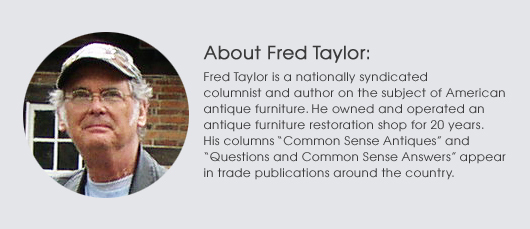
ADDITIONAL IMAGE OF NOTE
